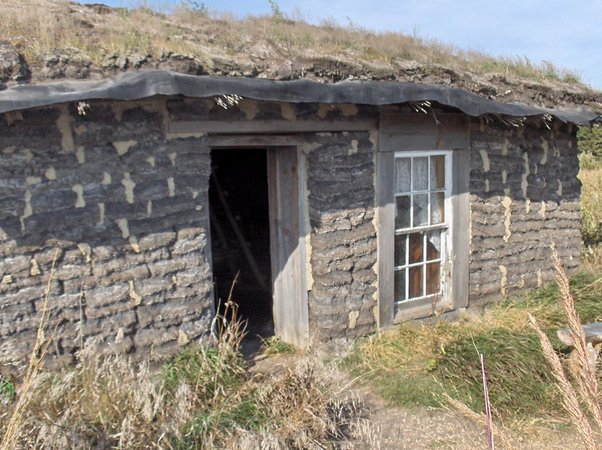 |
Kojiki 5/7/5 5/7/5 7/7/7 for Japanese Poetry Club
One Thousand Cranes
:
Hail on the Rooftop
by Gypsy Blue Rose
If You Would Like To Join the Japanese Poetry Club, please check my author notes
|
|
|

 hail on the rooftop
hail on the rooftop
roars beating plastic and straw
of homeless man's hut
clink, clank, clunk, plink, plunk
drum to the beat of his heart
rap, rattle, stutter
prays the roof holds other night
tap tip-top hail laughs haha,
man hopes the sun comes out fast

|
Author Notes
I used Onomatopoeia as a poetic device. Onomatopoeia is the formation of a word by imitation of a sound.
The concept of hail sound and destitute man is a type of zen writing which is part of Japanese poetry history
KOJIKI is the oldest poetic form that dates back to 712. It's a compilation of poetic history and mythology passed on by mouth from generation to generation in the 8th century before written Japanese existed. Modern Kojiki can use any theme. The Kojiki is divided into three parts: upper 5/7/5 - middle 5/7/5 - lower 7/7/7 syllables count. it uses a kigo (seasonal reference) ; click here to see list of seasons ; wikipedia
Thank you for reading and reviewing my poem.
Gypsy
pictures from google public domain
|
|
©
Copyright 2025.
Gypsy Blue Rose
All rights reserved.
Gypsy Blue Rose
has granted FanStory.com, its affiliates and its syndicates non-exclusive rights to display this work. |





